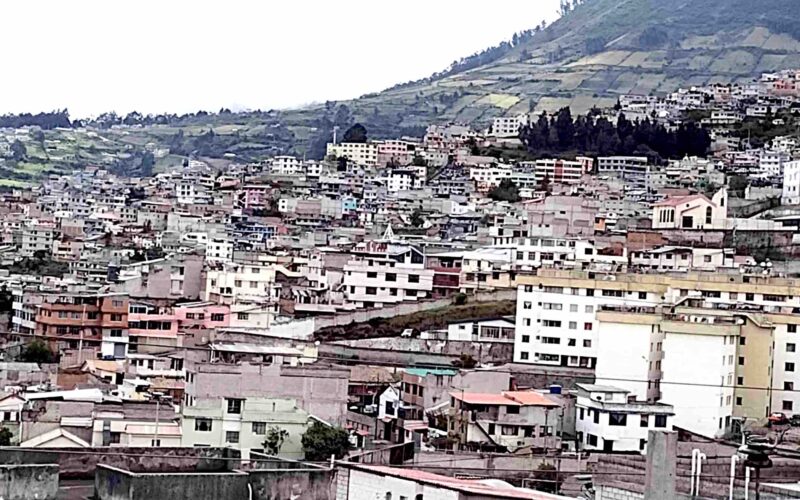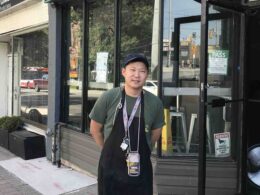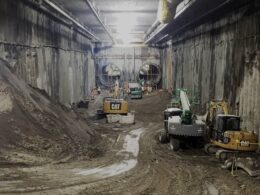Each morning, I climb into a taxi and join the torrent of traffic surging through Quito Sur. Traffic here is the law of the jungle, buses dive into lanes without looking and cars like my taxi dart out of the way just in time. Each day is always a near miss in these densely packed streets of Quito Sur. Density here isn’t abstract — it’s the rhythm of the streets, the pressure of movement, the pulse of a million people sharing limited space.
A million residents now occupy a valley two kilometres wide, hemmed in by steep hills and mountains. From the ground, the view is a cascade of concrete: houses stacked upon houses, apartments crowding upward in defiance of gravity. The city feels like a living organism, expanding against the limits of its mountainous walls.
Density has its advantages.
The main streets teem with life — shopfronts burst with colour, restaurants hum with conversation, and sidewalks buzz with constant motion. Every block feels purposeful, every corner alive with possibility.
But this compression also reveals its cracks. Streets are gridlocked with cars. Sidewalks buckle under neglect. Green spaces are rare, and schools overflow. Hospitals sit kilometers away, unreachable in the daily congestion. Pedestrians navigate a city that prioritizes machines over people.
The new light rail system offers a glimpse of balance, yet it too struggles against the city’s sprawl — underconnected and demanding long walks or taxi rides to reach. At three dollars a trip, taxis remain a lifeline, but they also add to the very congestion they aim to escape.
Quito Sur’s densification offers a lesson for cities like Toronto, where densification is a goal. Density alone doesn’t define success — planning does. Without investment in transit, parks, walkability, and civic space, the weight of population can crush rather than energize. Done right, density can be the heartbeat of a vibrant, sustainable city. Done poorly, it becomes a slow suffocation.






